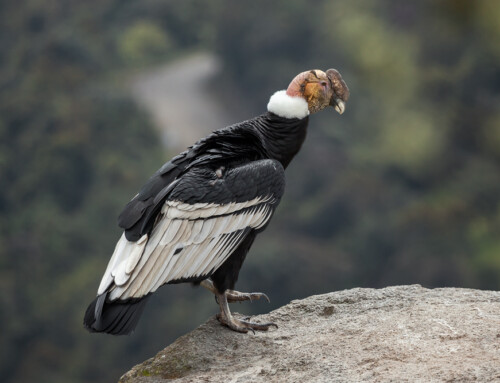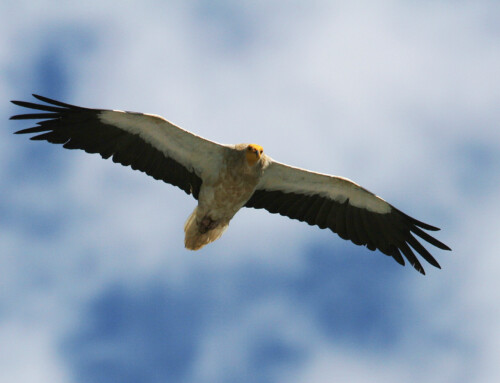Harike Wetland and Bird Sanctuary is an internationally recognised Ramsar Site. It is India’s second largest wetland, spanning over 84 sq Km. It is located at the confluence of the Beas and Satluj rivers and came into existence in 1952 with the construction of a barrage across the Satluj River. This huge wetland spreads across Firozpur, Tarantaran and Kapurthala Districts of Punjab State. It is not well known outside India, despite its importance from a conservation point of view. Harike Wetland and Bird Sanctuary provides suitable habitats for a variety of migratory birds during the winter season (November-March).
Considering the rich birld life of Harike Bird Sanctuary (HBS), we included this site for our Winter Bird Count Program of 2019-2020. This program is organized by Biodiversity and Environmental Sustainability (BEST), New Delhi, from November 2019 to March 2020 in the North Indian States (Himachal Pradesh, Punjab, Haryana, Uttar Pradesh and Rajasthan). The aim of this program is to monitor birds through citizen science. Through this approach, students and youth are involved in collecting bird count data. In order to count the birds of the Important Bird Area (IBA) of Punjab, we visited HBS in the month of December 2019. We were accompanied by HBS Field Staff, who were co-operative and informed us of some of the best points from where we counted waterbirds.

Figure 1 Flock of Grelylag Goose (Anser anser) at HBS, Punjab India © Virat Jolli
The following birds were recorded at HBS:
Migratory birds
- Brown-headed Gull, Chroicocephalus brunnicephalus
- Great Cormorant, Phalacrocorax carbo
- Eurasian Coot, Fulica atra
- Red-crested Pochard, Netta rufina
- Northern Shoveler, Spatula clypeata
- Greylag Goose, Anser anser
- Gadwall, Mareca strepera
- Eurasian Wigeon, Mareca penelope
- Pied Kingfisher, Ceryle rudis
Resident birds
- Oriental Darter, Anhinga melanogaster
- Indian Spot-billed Duck, Anas poecilorhyncha
- Grey Heron, Ardea cinerea
- Purple Heron, Ardea purpurea
- Little Grebe, Tachybaptus ruficollis
- Little Egret, Egretta garzetta
- Intermediate Egret, Ardea intermedia
- Woolly-necked Stork, Ciconia episcopus
- Black-headed Ibis, Threskiornis melanocephalus
- Common Moorhen, Gallinula chloropus
- White-throated Kingfisher, Halcyon smyrnensis

Common Coot, Great Cormorant, Greylag Goose, Brown-headed Gull, Red Crested Pochard and Gadwall were the most common bird species recorded at HBS.
Water pollution is a threat for Harike wetland, as high loads of toxic pollutants flow to the site from industrial effluents in the Satluj River (Kaur et al 2015; PPCB 2016). Deaths of recently introduced Gharial (Gavialis gangeticus) suggest possible bioaccumulation and biomagnification of toxic pollutants, so this pollution could potentially affect the bird life of the region.
Apart from this, excessive growth of invasive aquatic weeds, like Water Hyacinth (Eichhornia crassipes), further complicates the issue. Water Hyacinth can spread across the wetland and affect the ecology of the ecosystem. Additional threats to the site come from illegal sand mining around the wetland, which threatens waterbird habitats.
We interacted with local people and asked whether they know of the wetland’s location and if they have ever visited Harike Bird Sanctuary. Surprisingly, most of the people we spoke with did not know about this bird sanctuary and most had never visited. They also felt that HBS has caused them more harm rather than bringing positive change in their life. Lack of awareness and apathy of local people is undermining the importance of this region.
The HBS has great potential for eco-Tourism. The close proximity to Sikh pilgrimage sites, like Nanaksar Gurudwara, Harminder Sahib (Amritsar), Ber Sahib (Sultanpur Lodhi), has been attracting tourists from around the world to this area, who could be encouraged to visit this internationally important wetland. The Government should play a more proactive role, by installing advertising and informational boards to bring the site to the attention of students, youth and nature lovers. During our team visit we found it difficult to reach the HBS, as directional signs were barely visible. Apart from this, the Government should work towards to reducing water pollution and and regularly cleaning up the wetland from exotic weeds to protect this important wetland.

Figure 3 Flock of Red-crested Pochard (Netta rufina) a winter migrant from Siberia at HBS, Punjab India © Virat Jolli
Acknowledgments
I would like to thank Mssrs Jaskaran (Shivaji College, Delhi University), Arjun (Goswami Ganesh Dutta Sanatan Dharma College), Prince (Mehr Chand Polytechnic College) and Parminder (O.P Jindal Global University) for participating in the winter bird count. I also like to extend my thanks to Miss Shruti for helping us to conduct the bird count. I also extend my thanks to Mr. Dilbag Singh of Harike Bird Sanctuary for his help during our field visit.
References
Kaur, J., Walia, H., Mabwoga, S. O., & Arora, S. 2017. Water quality monitoring of an international wetland at Harike, Punjab and its impact on biological systems. Applied Water Science 7(3): 1107-1115. VIEW
PPCB. 2017. Harike Wetland – A report on status of water quality. Available from: https://www.ppcb.gov.in/Attachments/Reports%20and%20Documents/WetlandHarike2016-17.pdf. Accessed on January 10, 2020. VIEW
Image credit
Featured image: Group of students participating in the Winter Bird Count 2019-2020 at Harike Bird Sanctuary (HBS), Punjab, India © Virat Jolli







